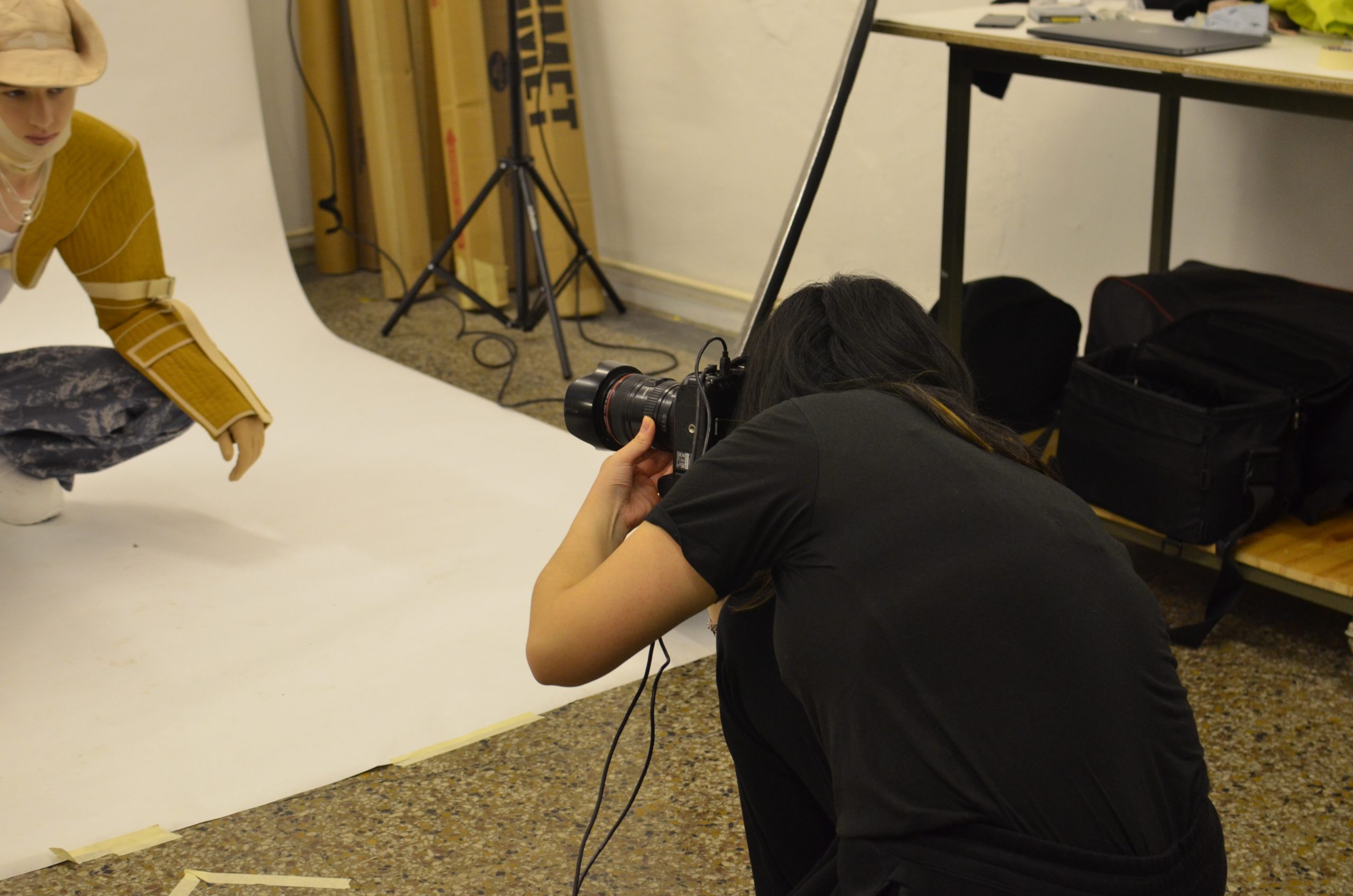Are you ready to turn that lifelong dream of becoming a freelance photographer into reality?
With the proper tools, you can quit that soul-crushing 9-5 job, hit snooze on your dreaded morning alarm, and embark on the exciting journey into freelance photography.
Kick-start your freelance photography business today with these 7 simple yet insightful steps for success.
Step One: Set the Focus
Don’t be discouraged if you currently have zero experience in photography.
While many professional photographers have obtained certifications or degrees, this isn’t necessary when starting your career as a freelance photographer.
You can still attend workshops or take online courses to expand your knowledge on shutter speeds, focal points, and what lens is best suited for your subject matter, but nine out of ten times, your passion will take you further than your education will.
So get out there and start snapping!
Photograph everything and uncover what subject matter you are drawn to.
As you begin to capture the world around you, you’ll soon discover your photography style/niche/focus.
Abstract, wildlife, event photography, candid… the opportunities are endless.
Step Two: Invest in the Proper Tools
Do your research to determine what type of camera fits your needs.
Investing in quality equipment is crucial. After all, you wouldn’t show up to a wedding to capture the bride’s “big day” with only your smartphone camera in hand.
Full-frame, mirrorless, DSLR… the terminology can get a bit overwhelming when starting out, but don’t get discouraged.
With a little research, you’ll soon discover the best fit for your photography needs.
Here’s some ideas for you:
- Both the Canon EOS R6 and the Sony A7 III are great starting points for most genres, but remember, the lens is just as vital as the camera.
- A 50mm prime lens is ideal for portraits, while a wide-angle lens may be more suitable for landscapes.
- If close-up photography is your desired niche, a macro lens would be a wise investment.
Aside from the obvious camera and lens, we also recommend investing in a sturdy tripod, portable lighting equipment, and photo-editing software like Adobe Lightroom or Photoshop.
Step Three: Build a Stunning Portfolio
Your portfolio is your visual CV, showcasing your unique style and photography skills.
This is what sets you apart from other freelance photographers, yes… even the ones with multiple photography certifications and degrees.
A compelling portfolio shines brighter than words on a resume simply stating you have taken a course.
Research other photographer websites and portfolios, and consider building a professional website of your own, leveraging platforms like Squarespace or WordPress to host your online portfolio.
Step Four: Exposure
We aren’t talking about filtering light here; We’re talking about networking.
Attend photography-related “Meet-Up” groups, sign up for a local photography workshop, or maybe be a bit more adventurous and join a photography-related conference.
You’ll find that connecting with fellow photographers can strike all sorts of inspiration.
And don’t forget to utilize the obvious networking tools at your fingertips – LinkedIn, Instagram, and Facebook are swarming with potential clients.
Remember, every person you connect with could potentially be your next collaborator, client, or referral source.
Step Five: Set the Scene – Building Your Business
It can’t be all fun and games. Setting your business up for success involves less glamorous administrative tasks like creating a business plan, setting pricing, and understanding tax obligations.
Let’s say you specialize in wedding photography; You will want to research the average cost of a wedding photography package in your area to help determine and set competitive rates.
For marketing purposes, search engine optimization (SEO) and boosting social media posts could increase your audience by the thousands, and utilizing financial planning tools can help manage your finances, allowing you to get back to the fun stuff… photography.
Step Six: Zoom in on Your Clients

The most successful freelance photographers in the business have built strong, genuine relationships with their clients.
Top photography and business experts advise freelancers always to be clear and concise when it comes to pricing, schedules, and what to expect from provided services.
If you’re hired for a corporate event, discussing the number of photos, delivery timeline, and photo editing/formatting beforehand will set crystal clear expectations for your client, ensuring confidence in their decision to choose you for their photography needs.
No matter the amount of fancy marketing you do, your clients will always be your number one referral source, so it is critical that you make a good impression by setting clear expectations before ever pressing that shutter button.
Step Seven: Revise, Retouch, Repeat
The world of photography is continually evolving, and if you, as a photographer and business owner, aren’t evolving and retouching your techniques along with it, you’ll quickly disappear into the background.
To stay at the center of focus in the freelance photography world, it is mandatory that you stay up to date with photography trends and always remain adaptable.
Here’s where you can start:
- Follow influential photographers;
- Read photography blogs;
- Subscribe to photography magazines to see “what’s hot” in your photography niche.
Never underestimate the power of feedback, good or bad. Express gratitude even for negative feedback, as it paints a clear picture of where you may need to revise.
Bonus Step: Secure Your Digital World
While the digital world has made growing your business easier than ever, it also made accessing our creative content that much simpler, too.
Use unique, strong passwords on all your editing accounts, update your software regularly to ensure you have the latest security patches enabled, and try a VPN free trial, for an added layer of protection.
Recap
These seven steps are just the beginning of the beautiful freelance photography path you’re traveling on.
Having a passion for photography, acquiring the appropriate tools, discovering your niche, and mastering the ability to network and connect with clients are all essential stepping stones on the road to success.
So, what are you waiting for? The world is waiting to discover your unique perspective!




